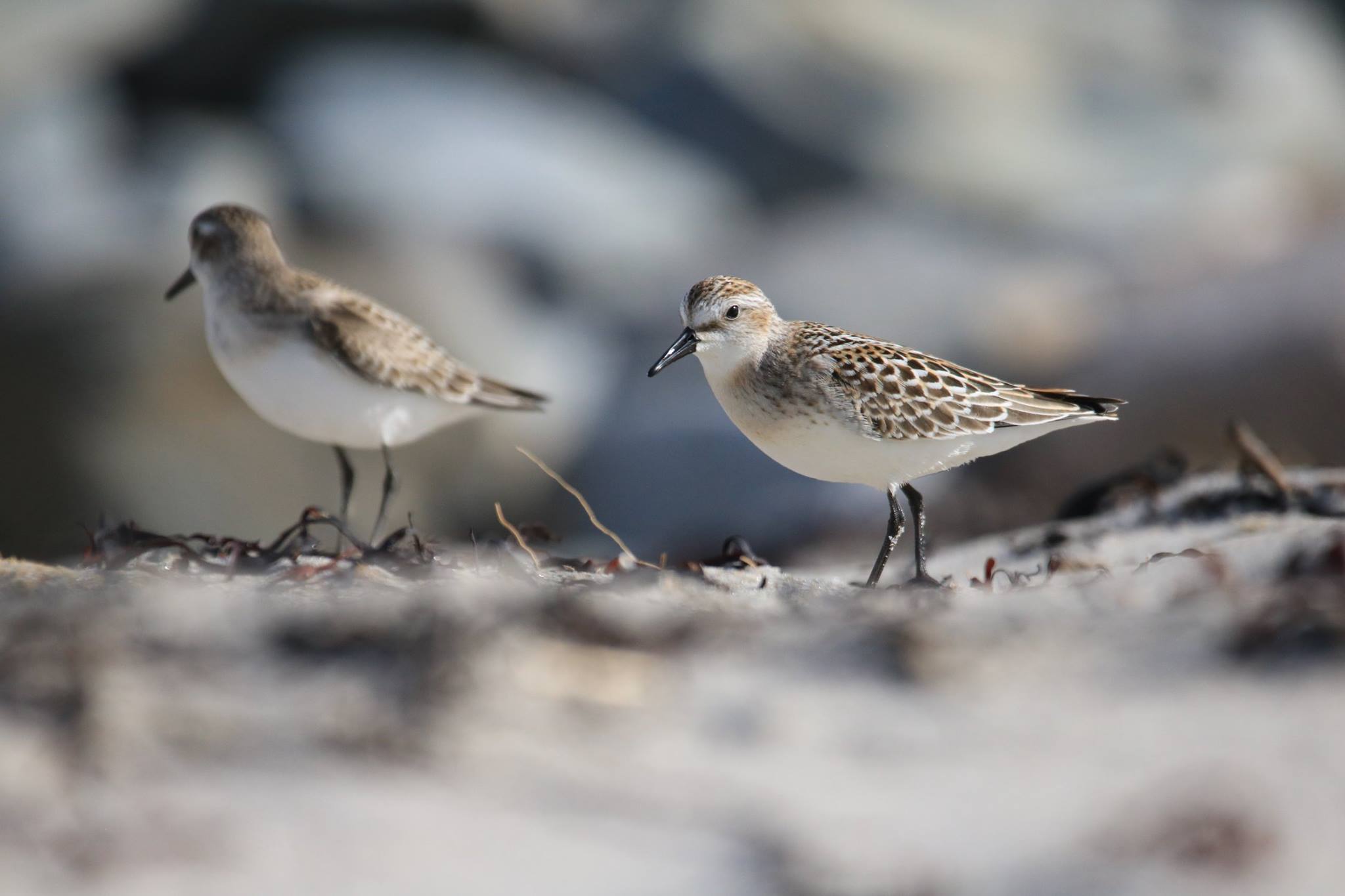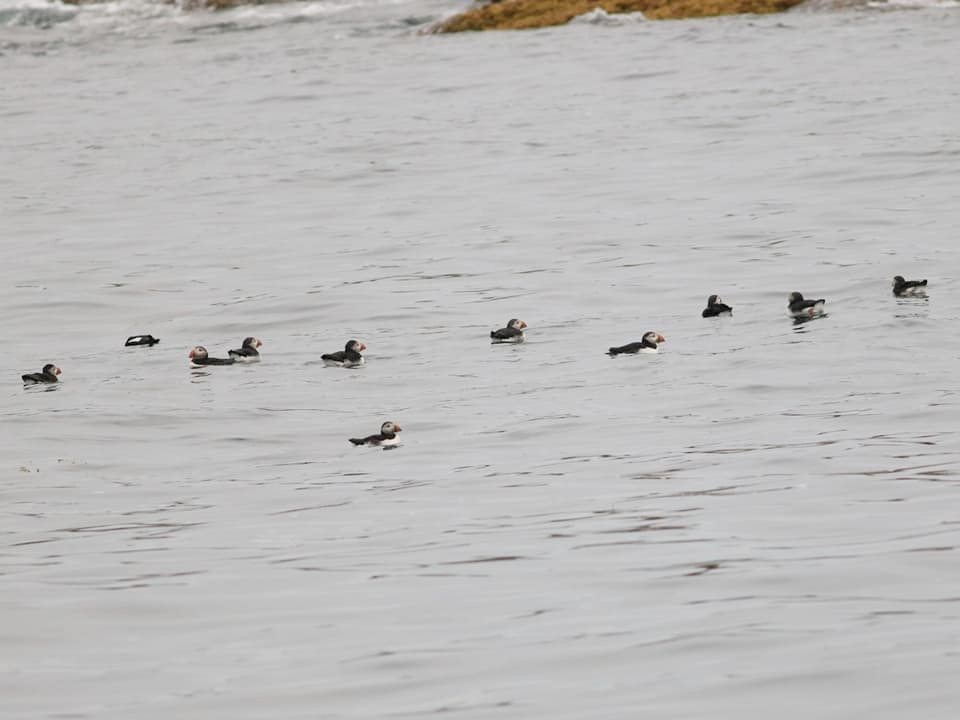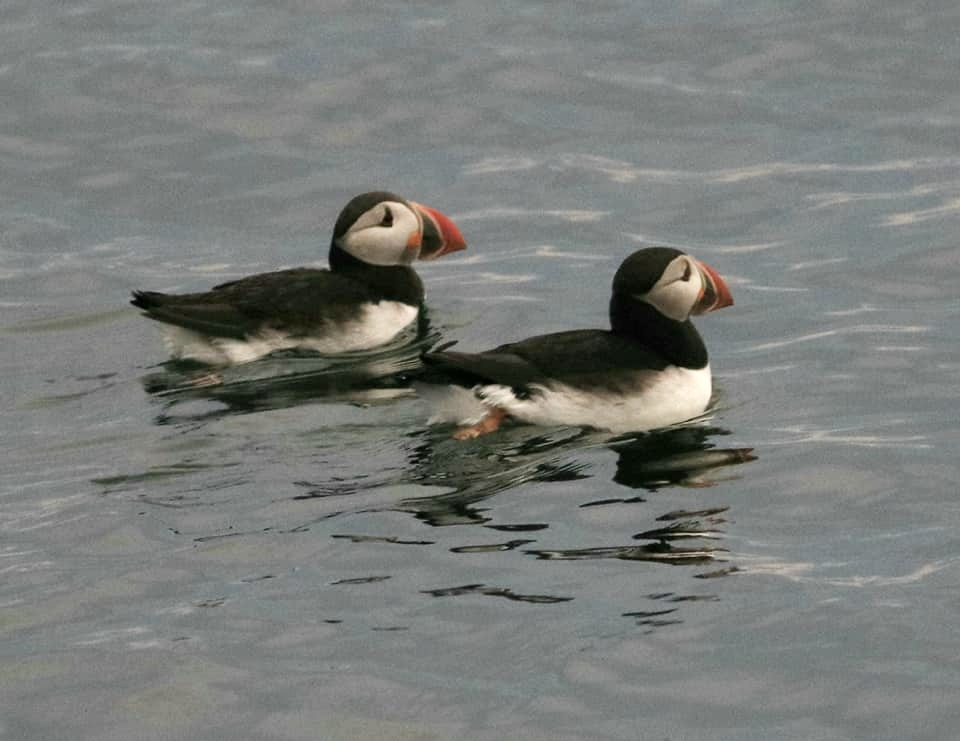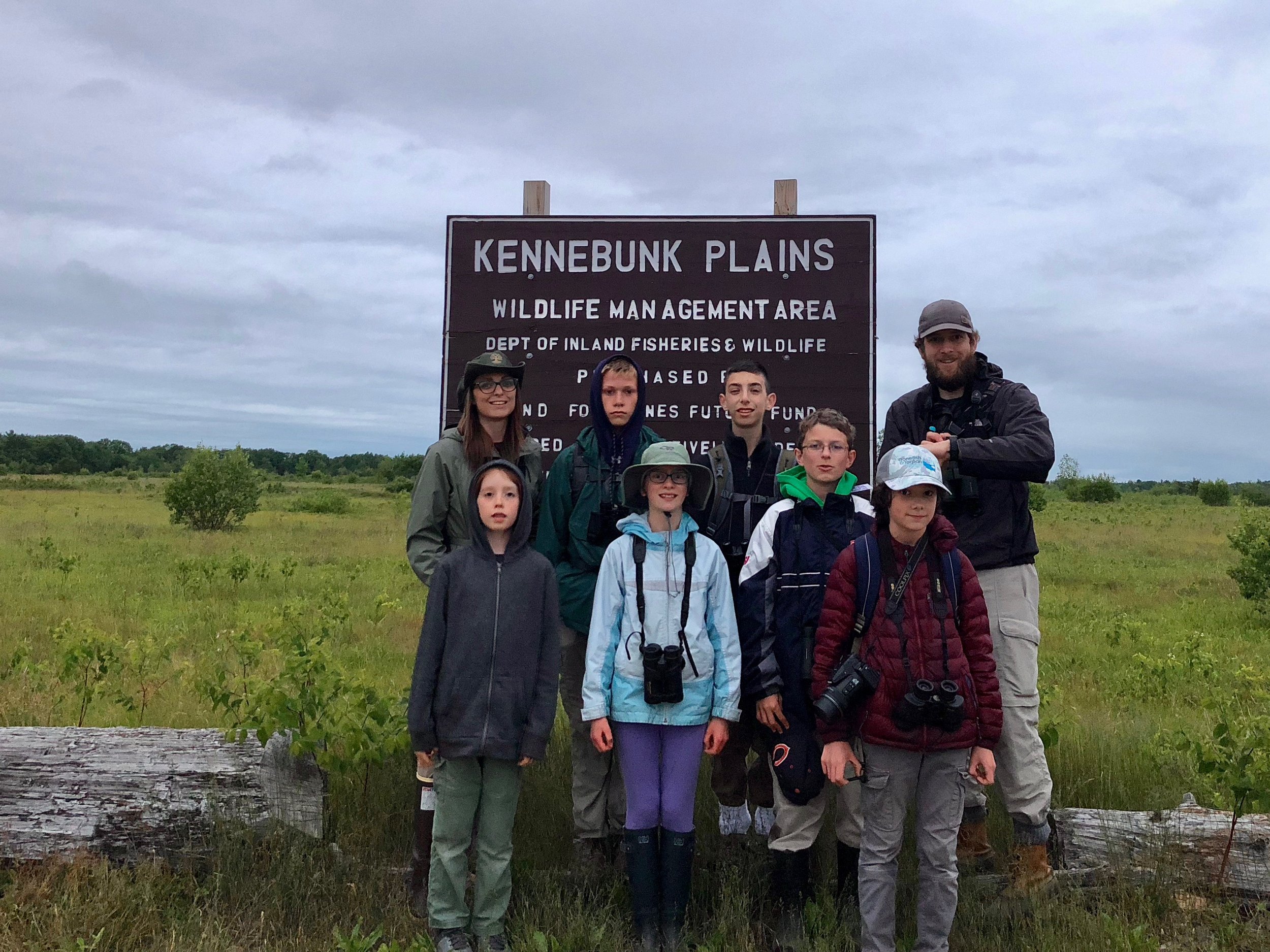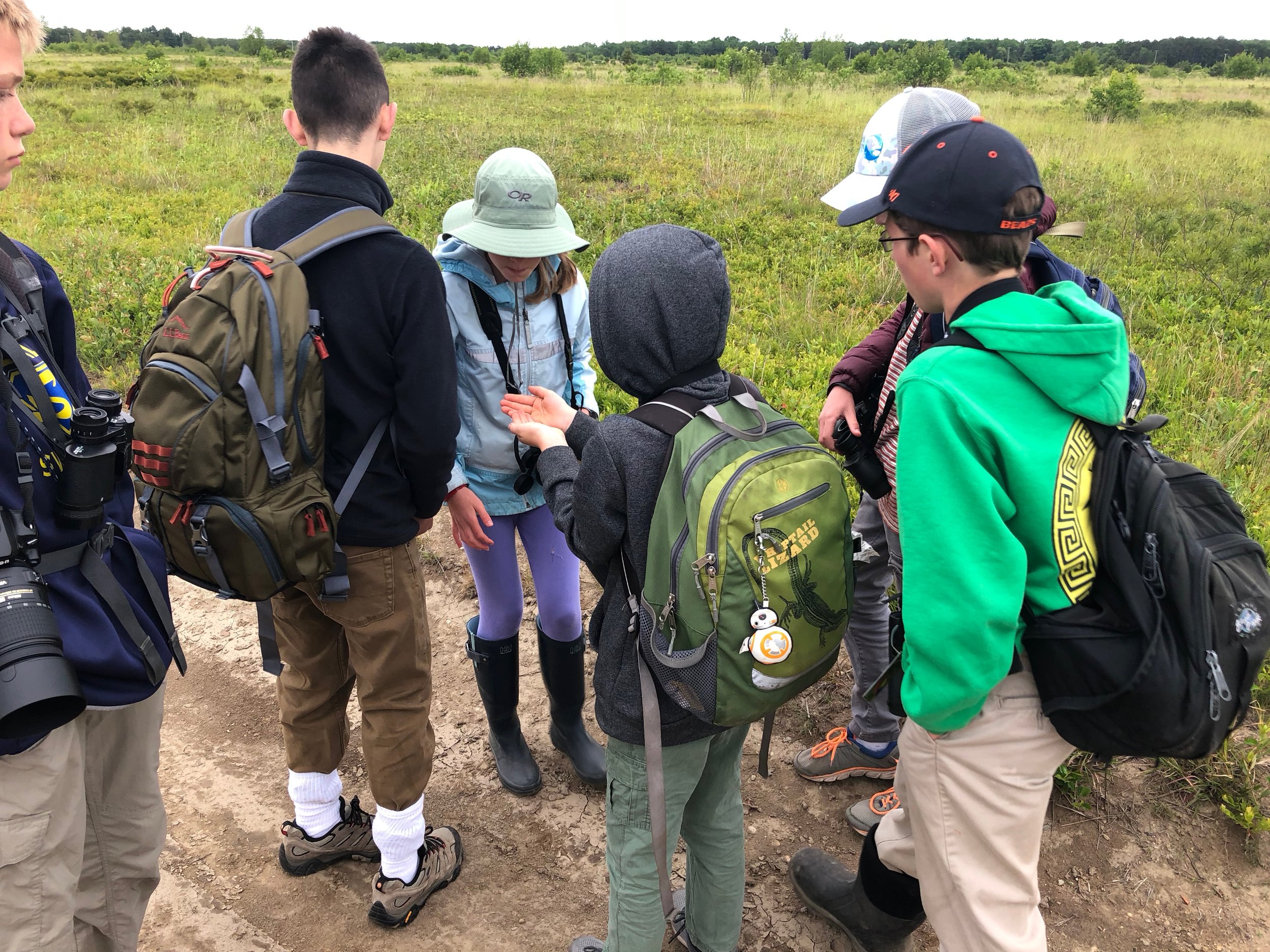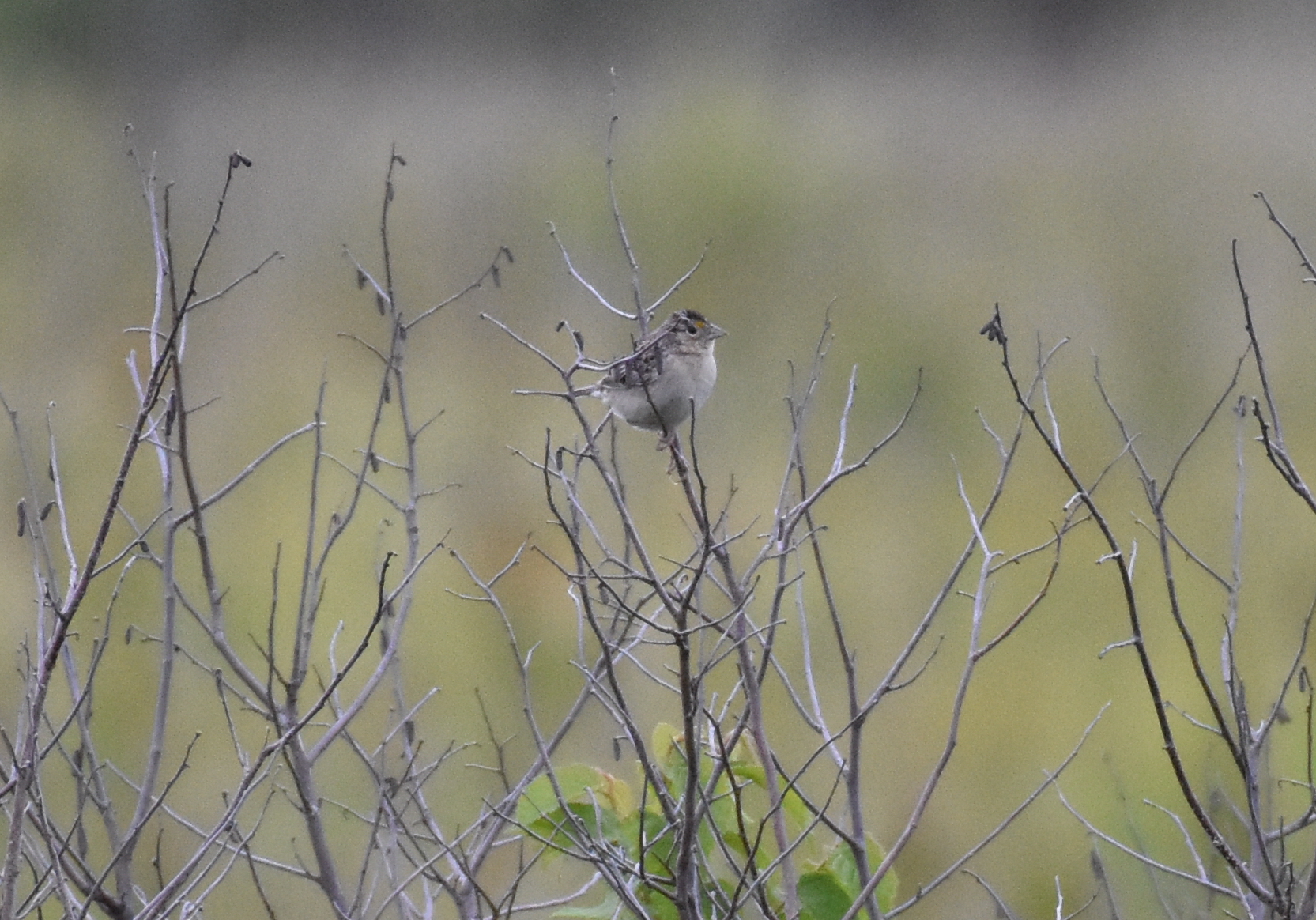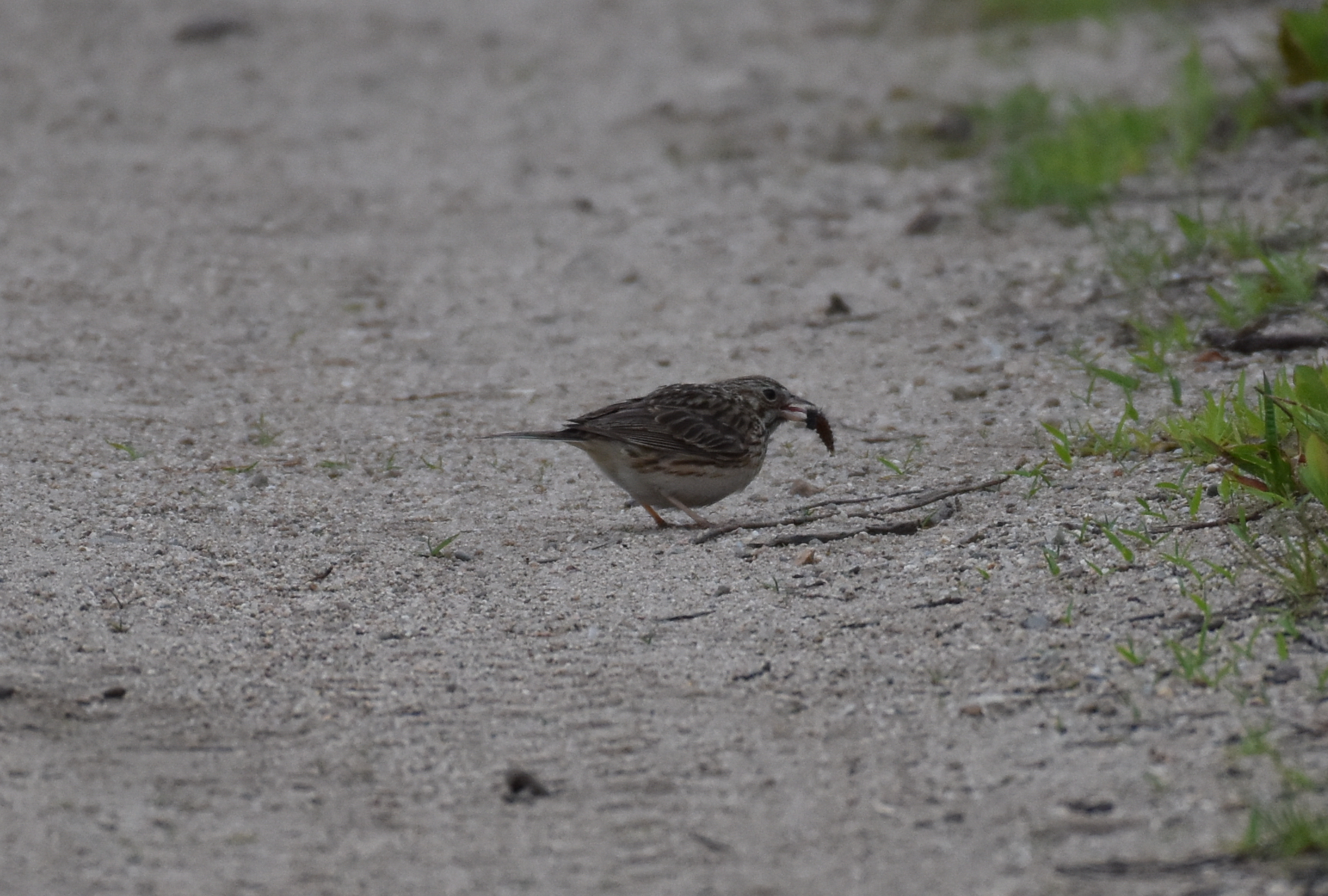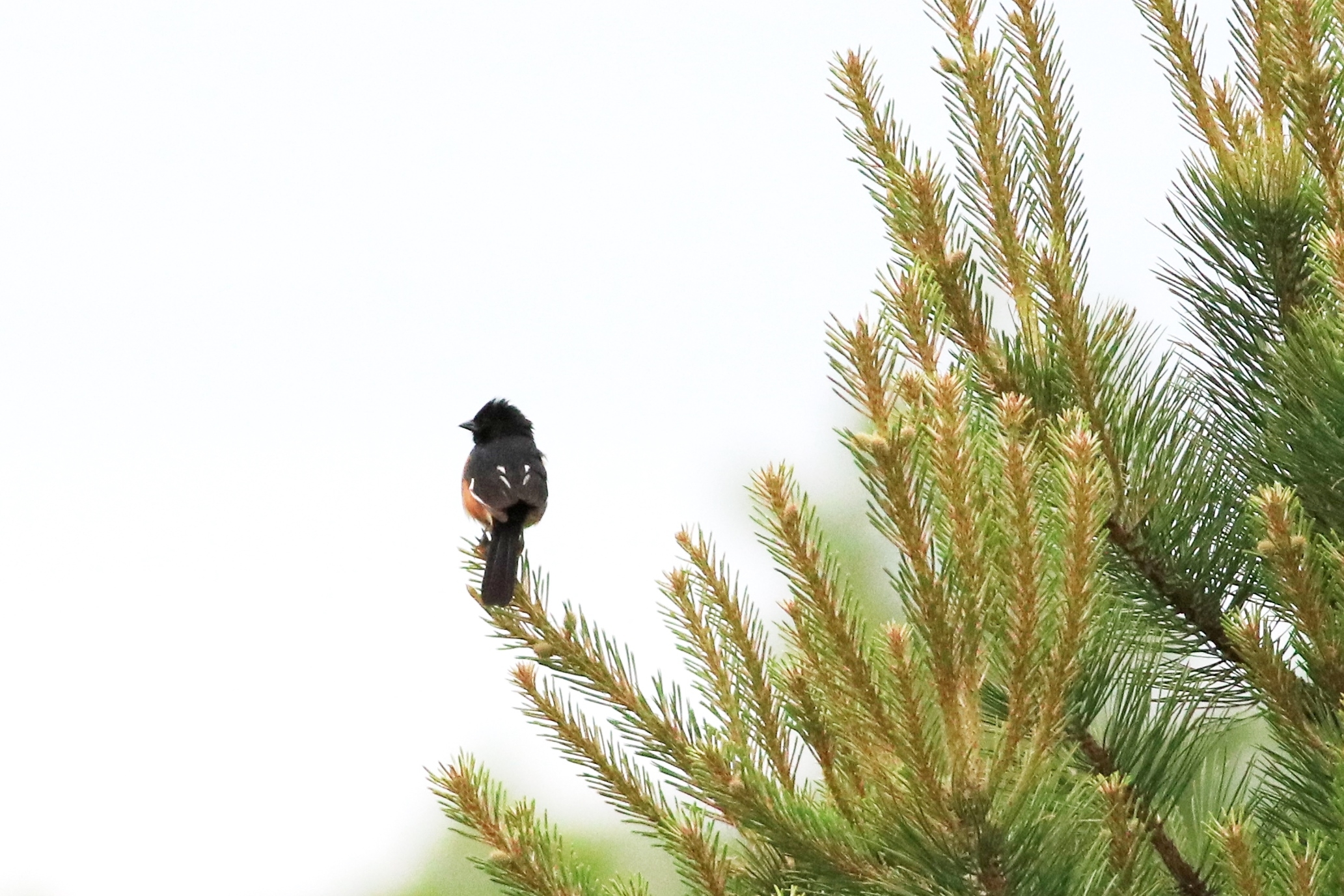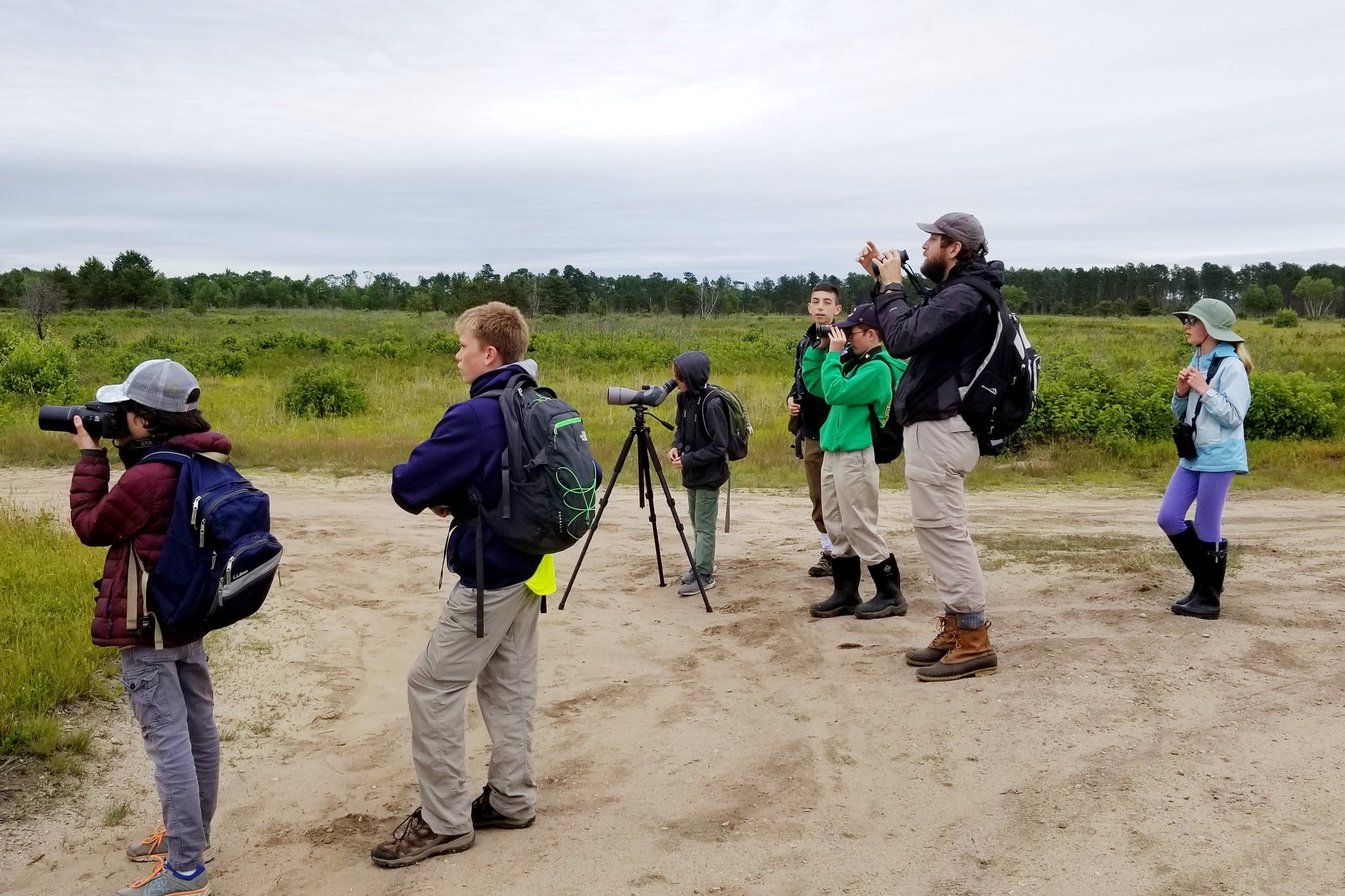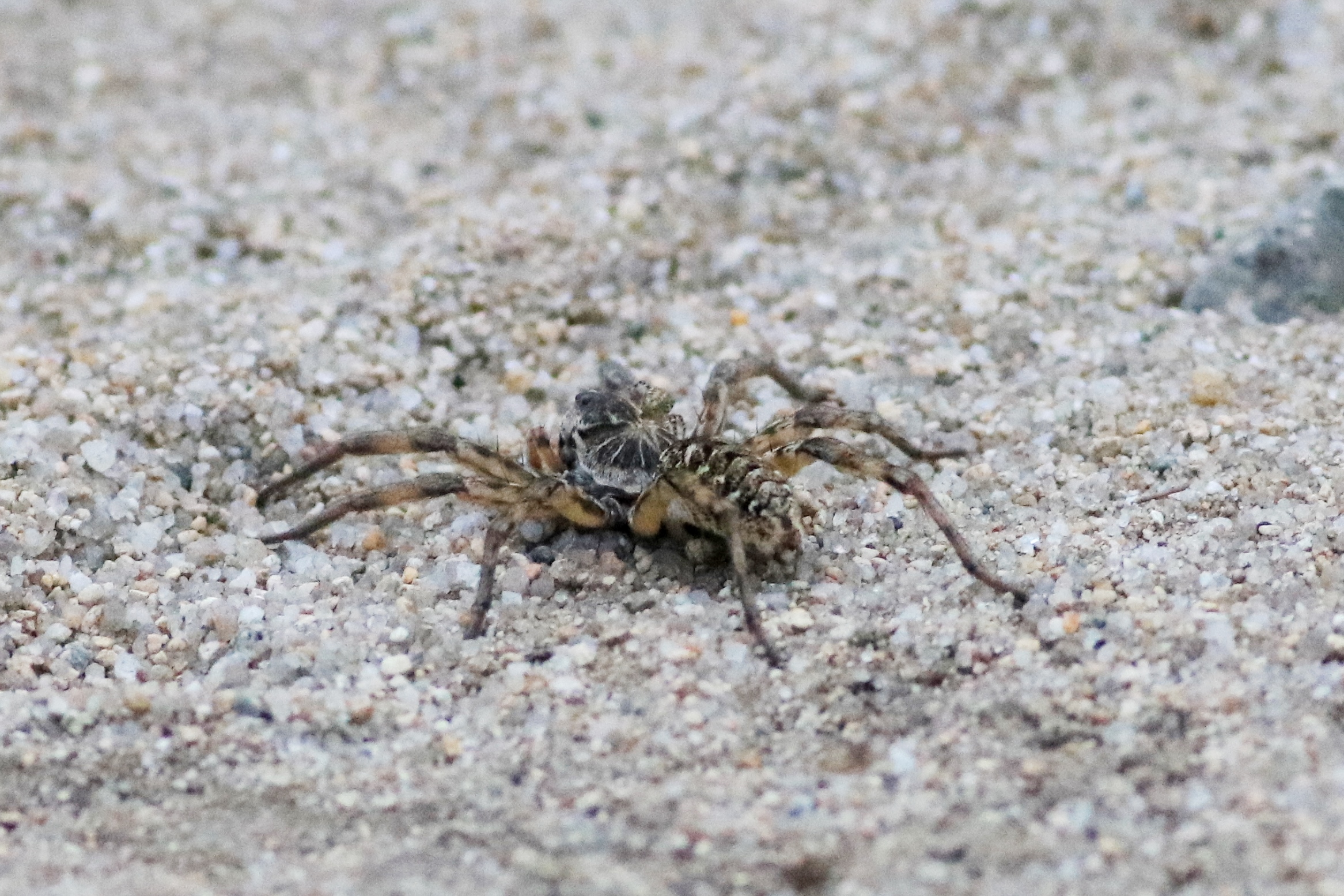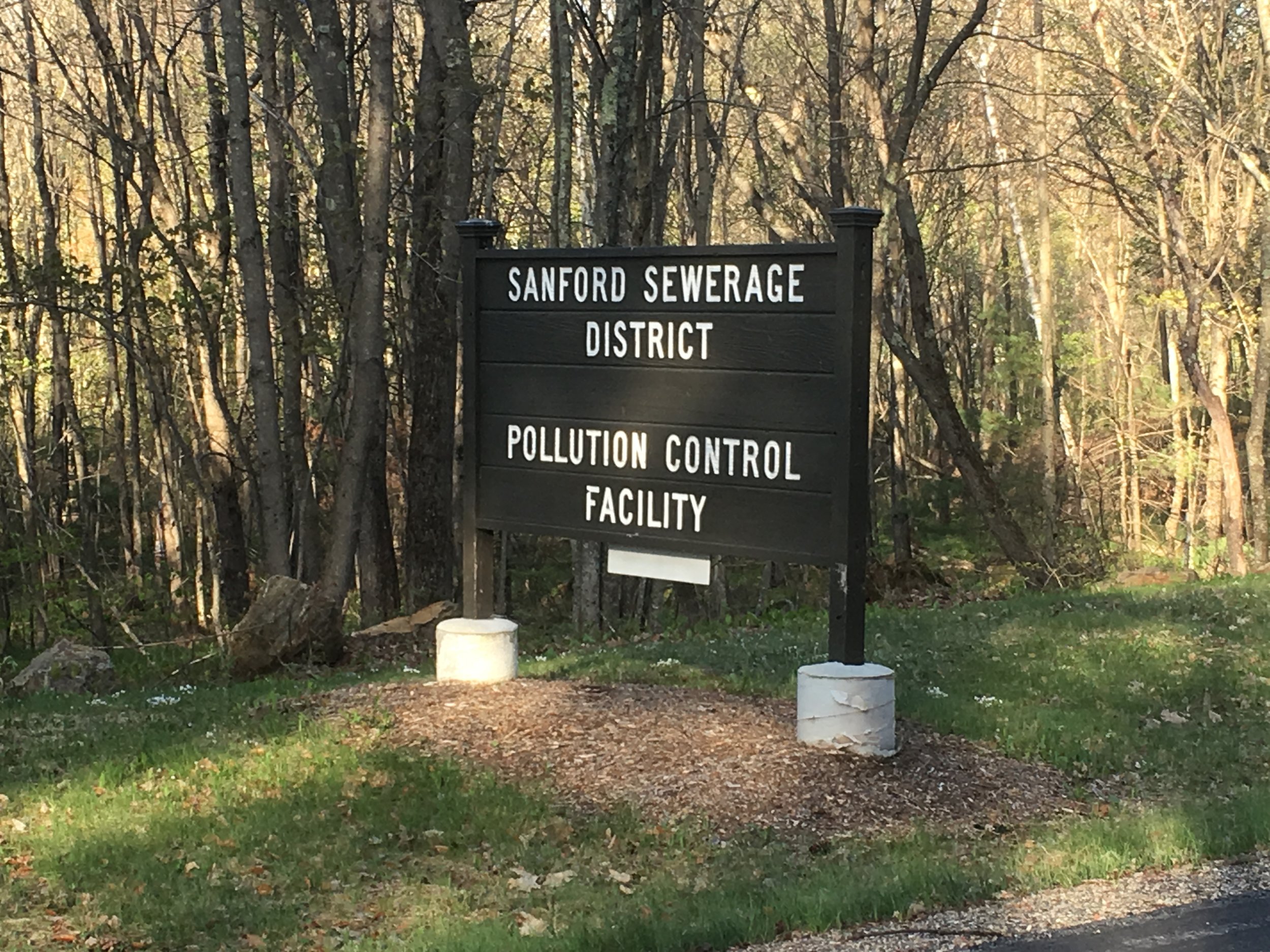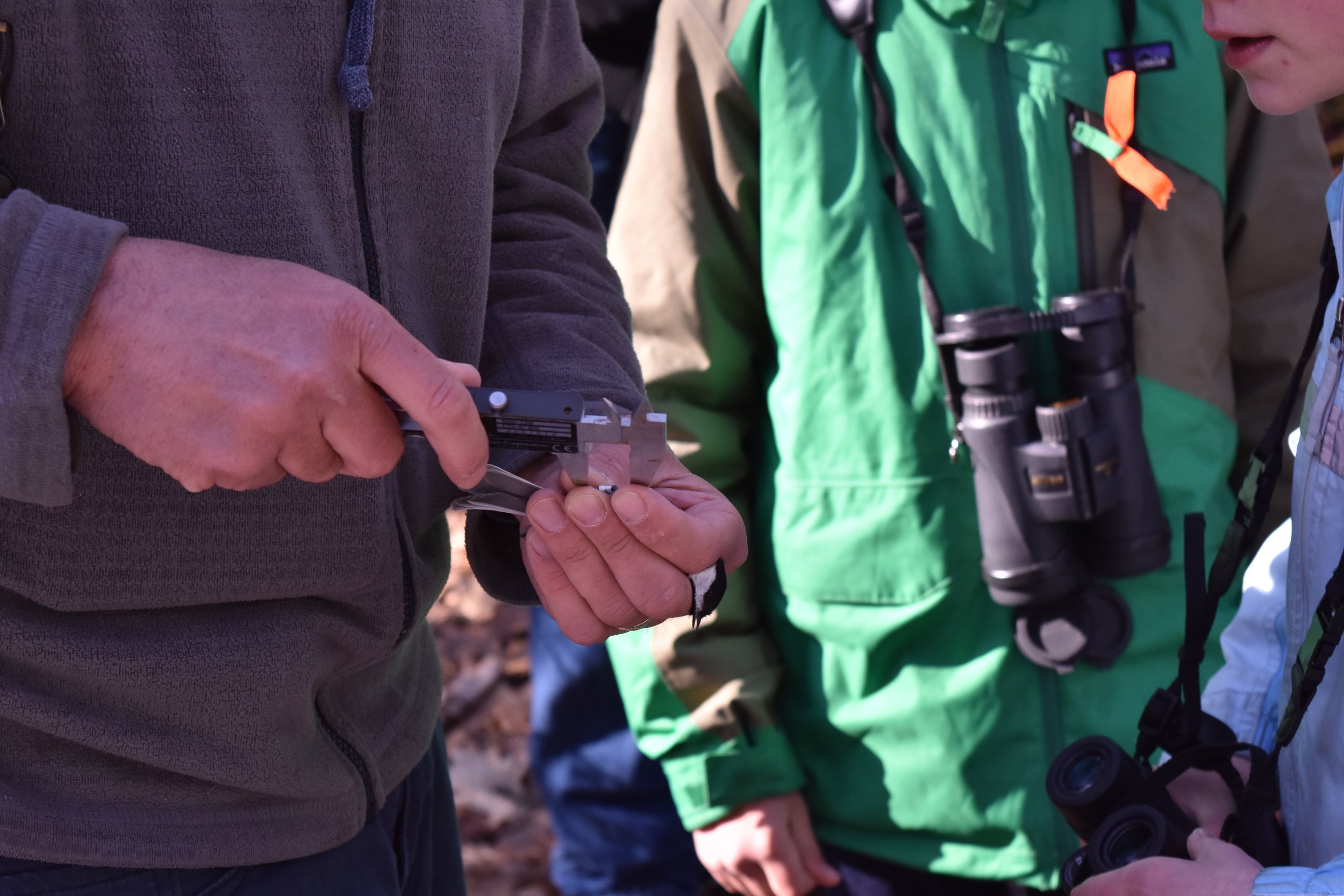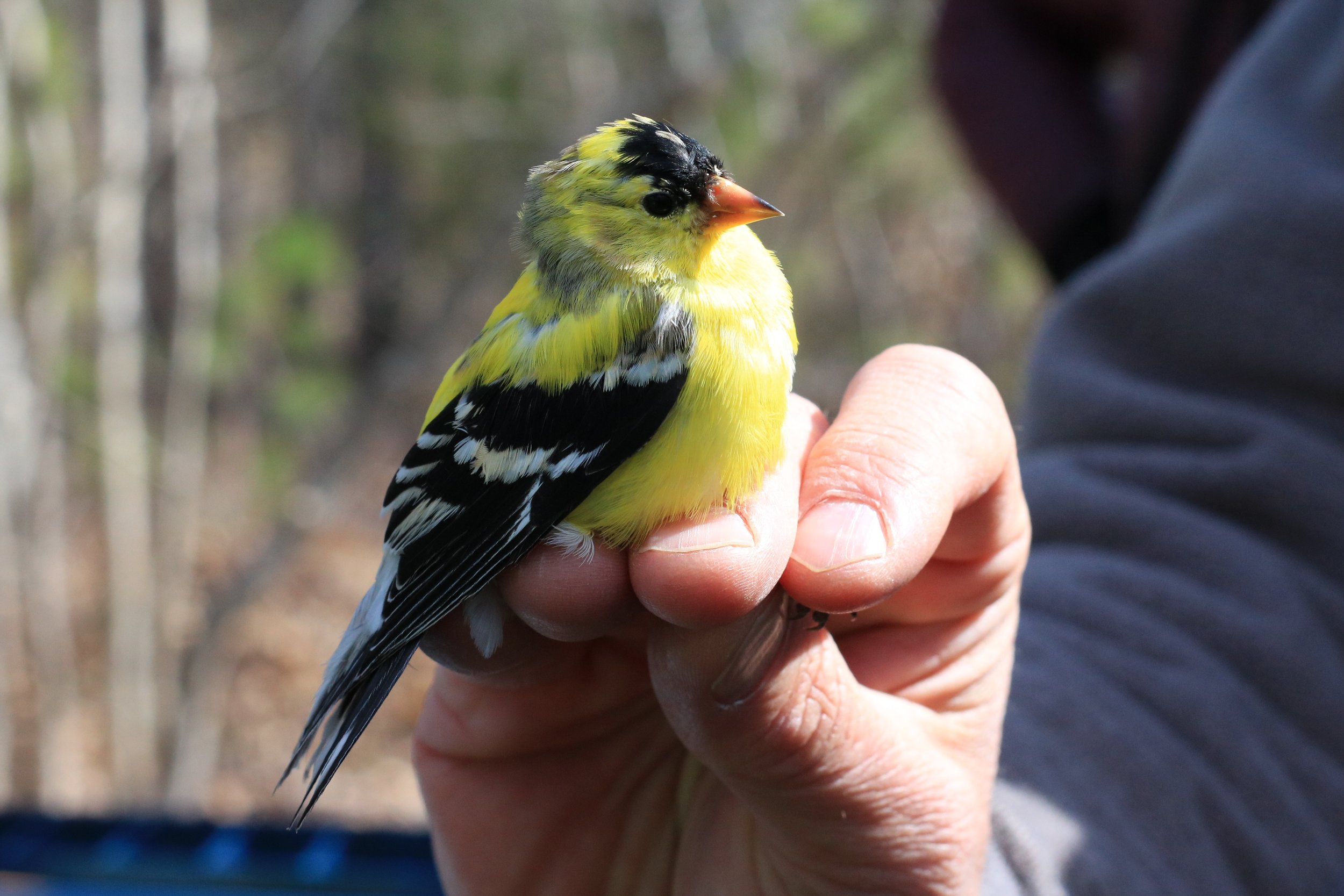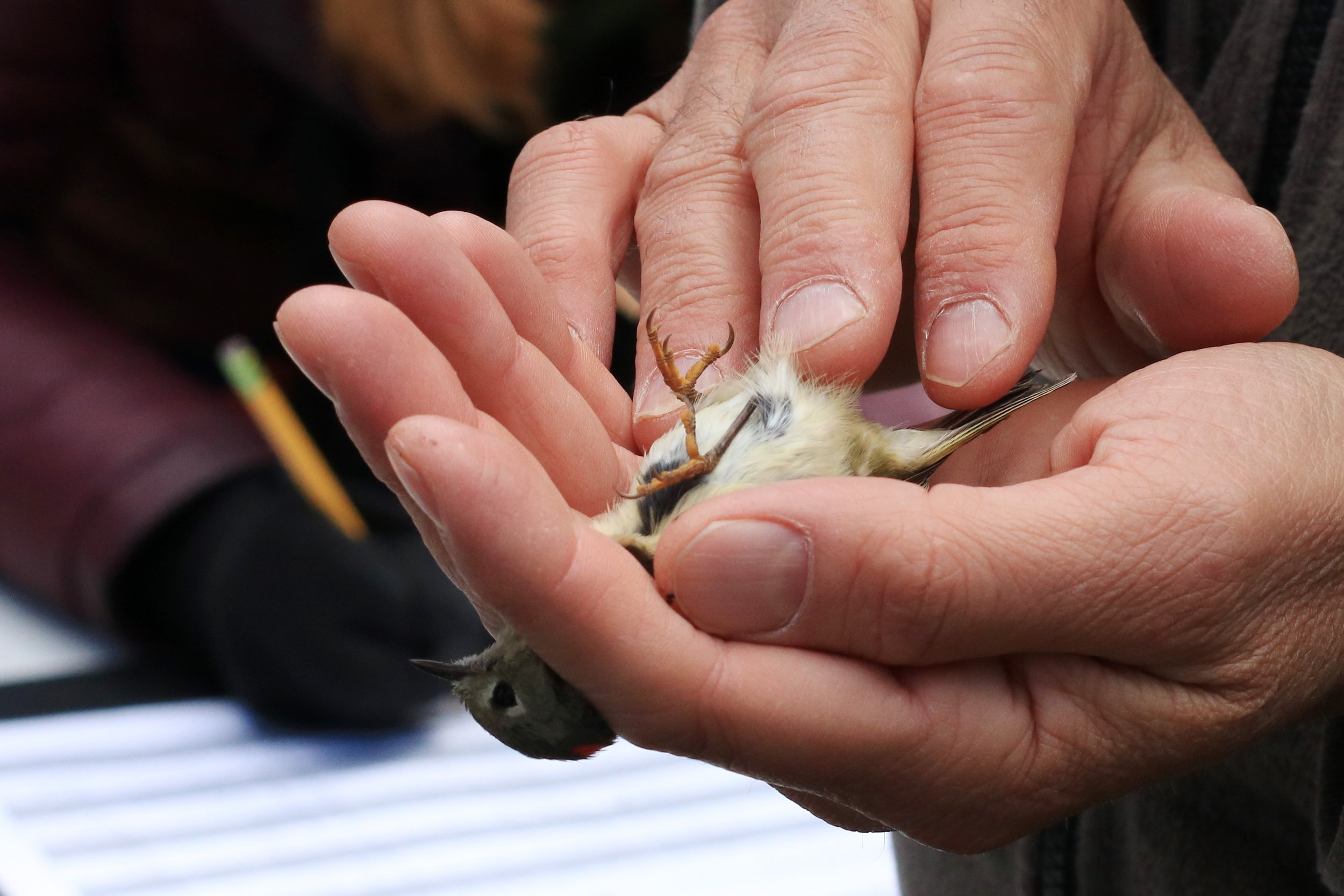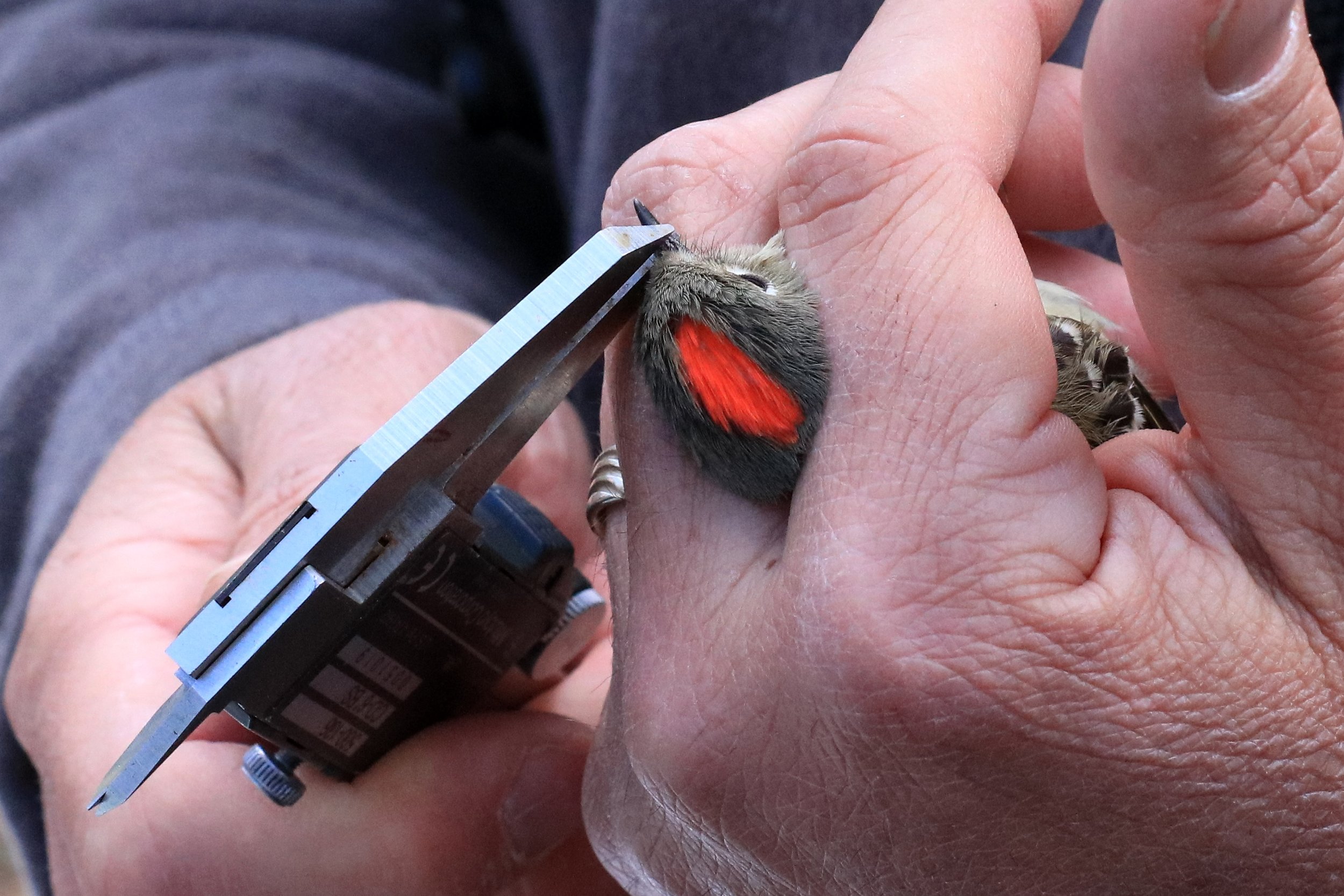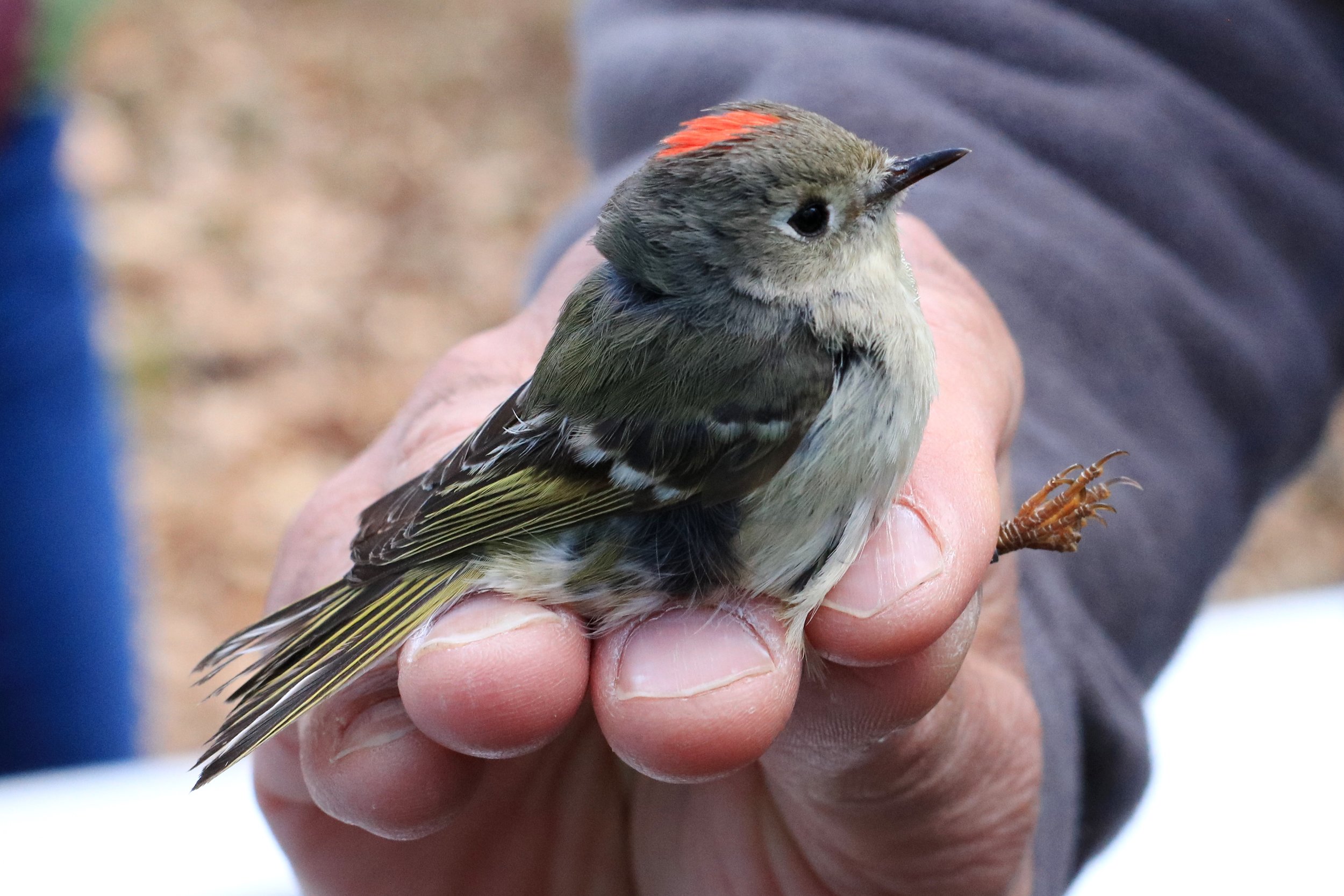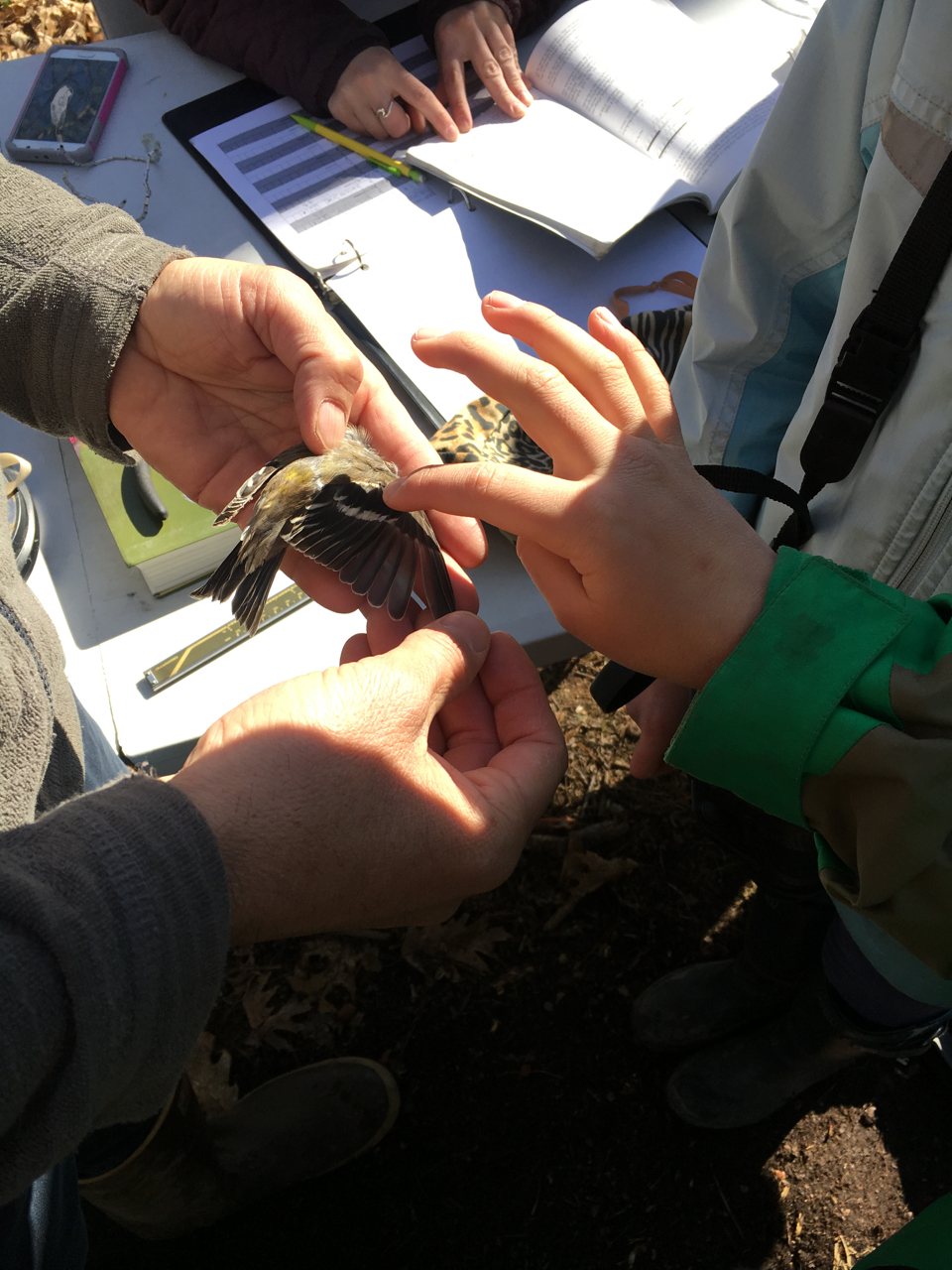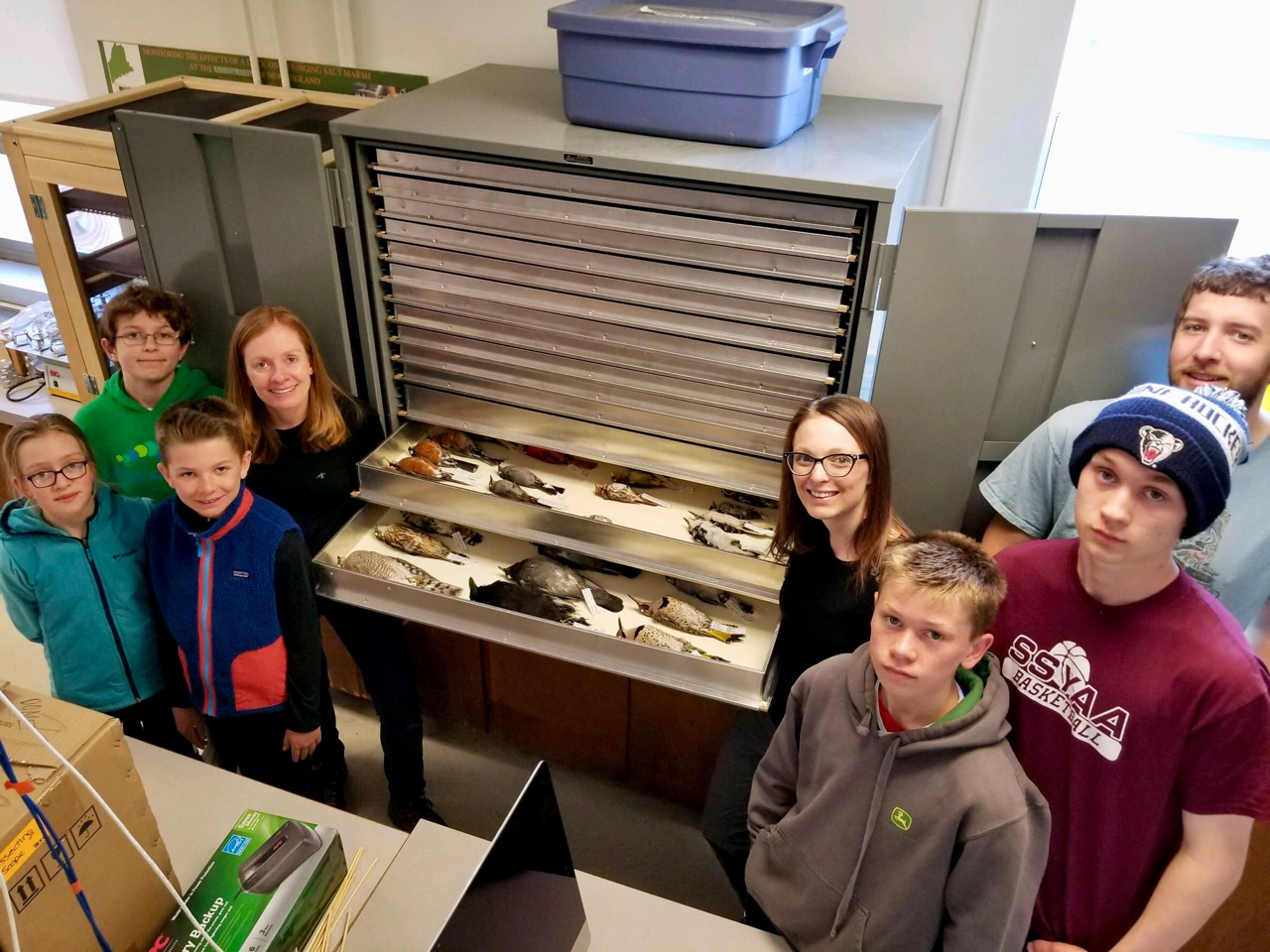MYBC set out on Dec. 29th to partake in our own Christmas Bird Count section for the Biddeford/Kennebunk CBC! Though it was a slow birding day in general we had a great time and several young birders made the long-haul staying out birding from 3 am all the way to the final compilation which took place at 5 pm. Special guest Nathan Hall lead the team and took us by several awesome locations in the Biddeford/Saco area.
Owling was largely unsuccessful unfortunately. Probably the most exciting thing was having a run-in with local police who thought we were up to no good… Once we explained the history of the CBC and how MYBC was out looking for owls in the early hours of the day, they understood and let us go on our way. Do note it is important to follow all local rules and regulations including “when” you can go to certain locales.
Once it became light out, we stopped off by Rt. 9 in Saco and we were greeted with a quick rain shower and scenic rainbow view along with some cool birds (Northern Pintail, Yellow-rumped Warbler, among others).
We made our way down to the beach nearby to pick up some sea birds. We were pretty successful with highlights including several Razorbills, a couple Northern Gannets. Moving down the road we hit Old Orchard Beach and found a huge flock of 150-200 gulls. Trying to see if we could spot an unusual gull (white-winged) among them we crept closer, but sadly we didn’t have any luck.
Later in the day, we decided to go back and hit up some of the spots where we went owling to see if daylight would result in more birds. One of the neatest locations we went to was Saco Heath. While wonderful habitat, birding was incredibly slow (we weren’t the only ones with a slow day). The young birders made the lack of birds fun however, by engaging in a winnerless competition to see who could name the most birds :)
Finally we stopped at a small apple orchard in Saco and picked up a few necessary birds (Hairy and Downy Woodpecker etc.) and got some really close views of some vocal Common Ravens going through the neighborhood. We attempted a last-ditch effort to see the Barrows Golden eye at the mill, but apparently it was hanging out up river.
Several young birders attended the compilation and were active participants in the count process. This gave a great opportunity to see the process as well as appreciate the significance of this country’s longest running citizen science project. In total (now that the official results are in) there were 81 different species seen on the count day across 8 teams. Everyone logged close to 300 miles of travel both by car and foot! So though it may have not been the “birdiest” day, MYBC had a lot of fun and can’t wait to participate next year!






















































